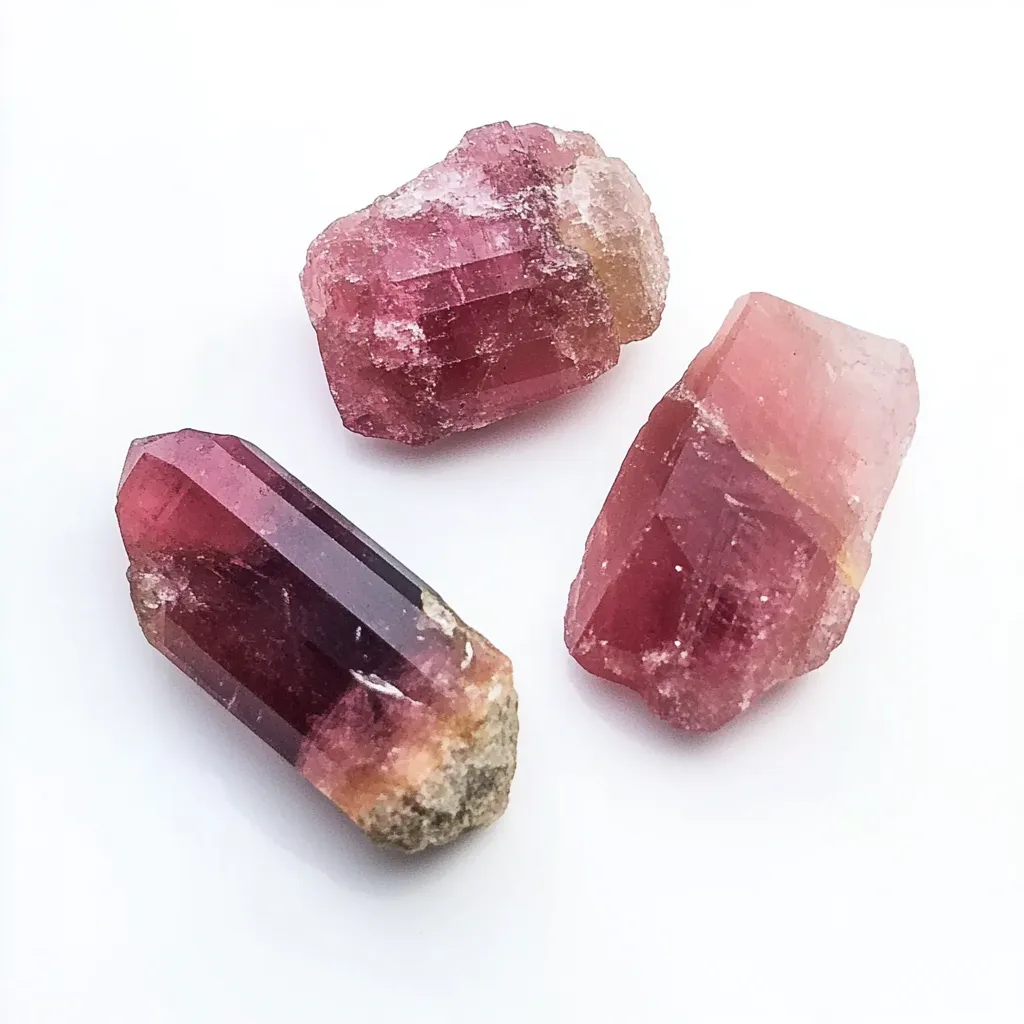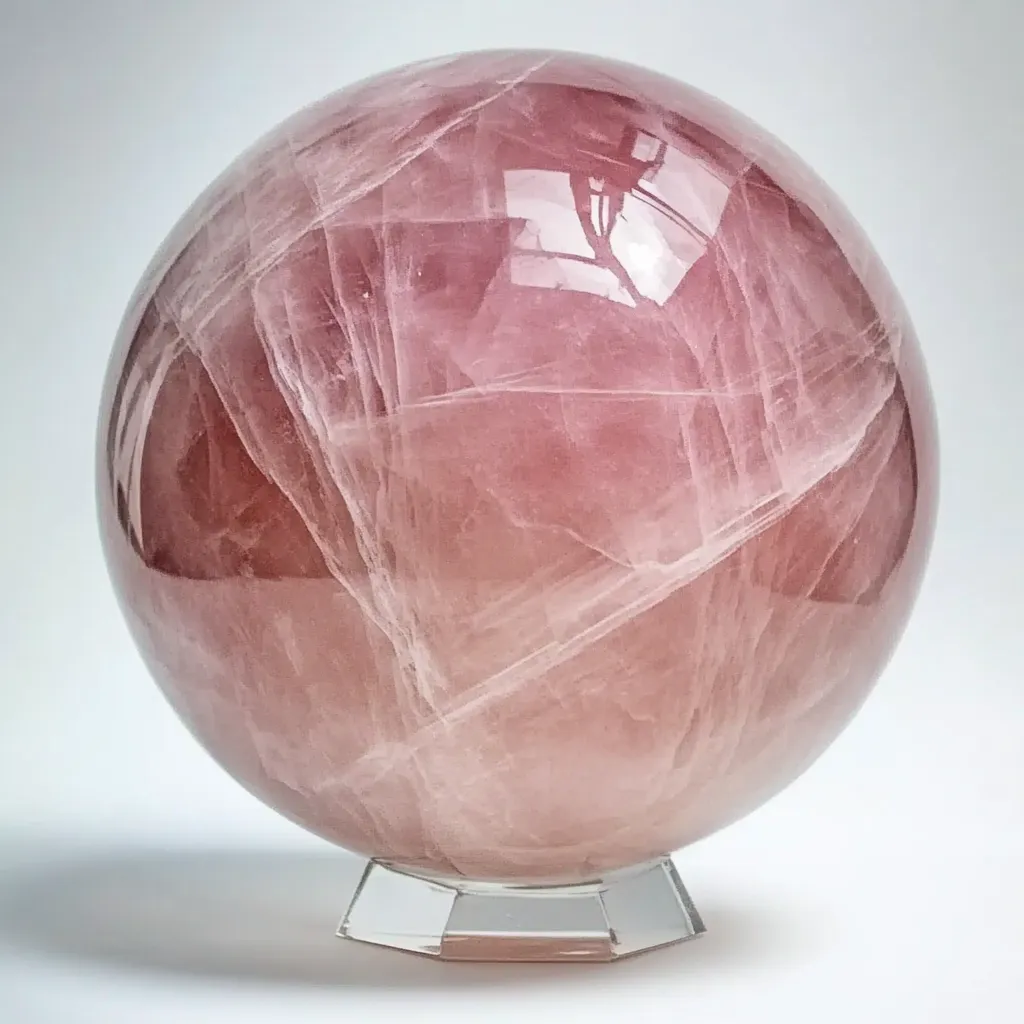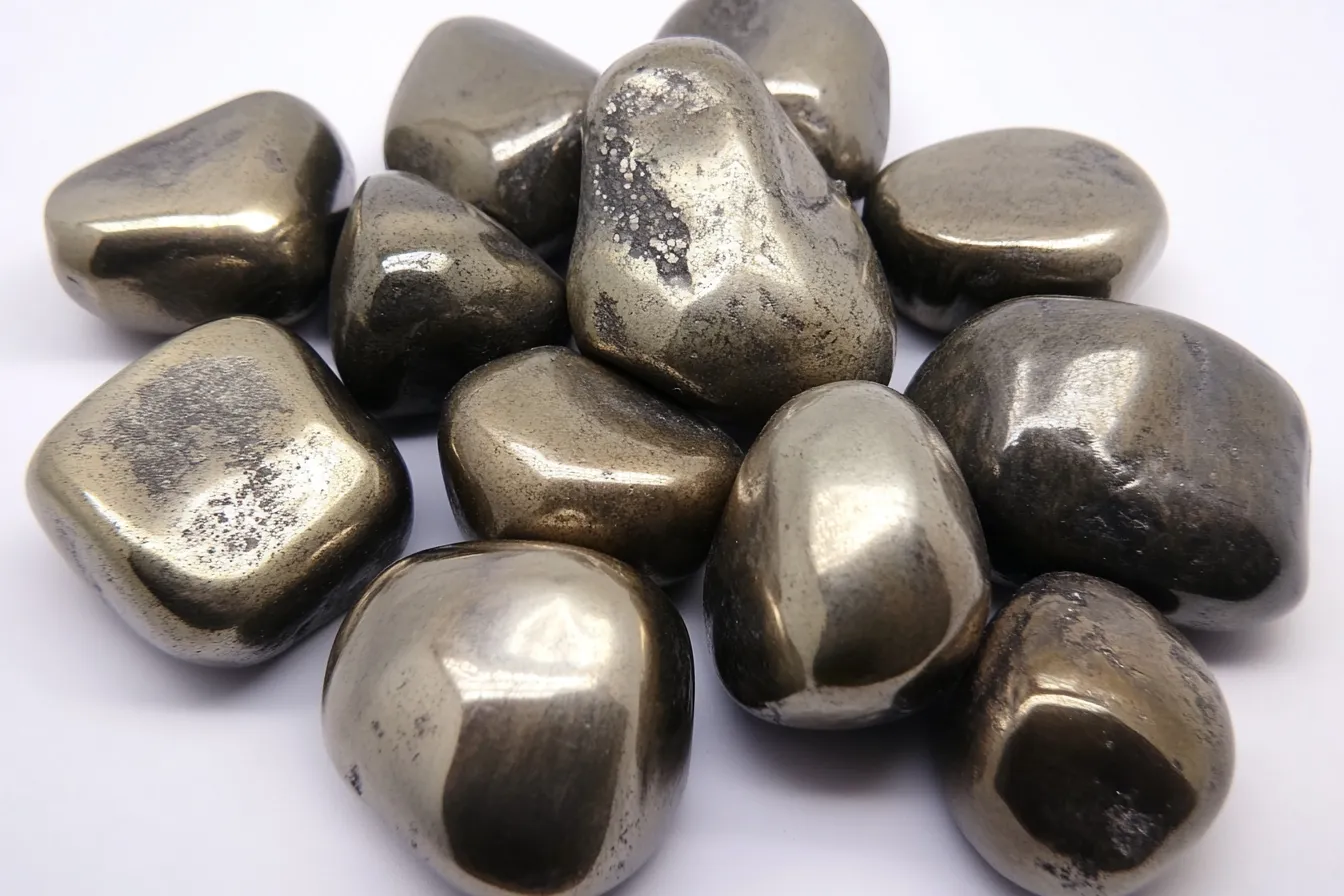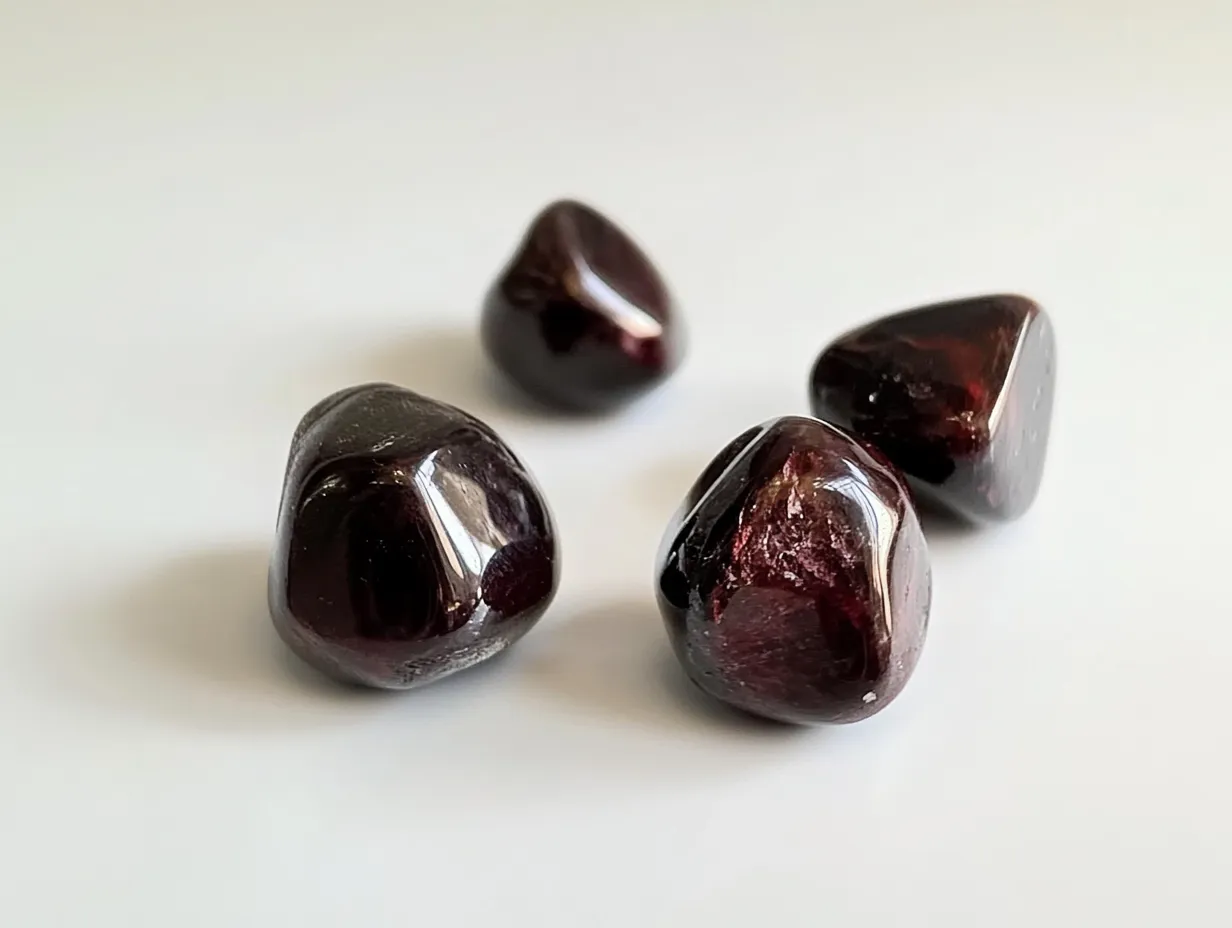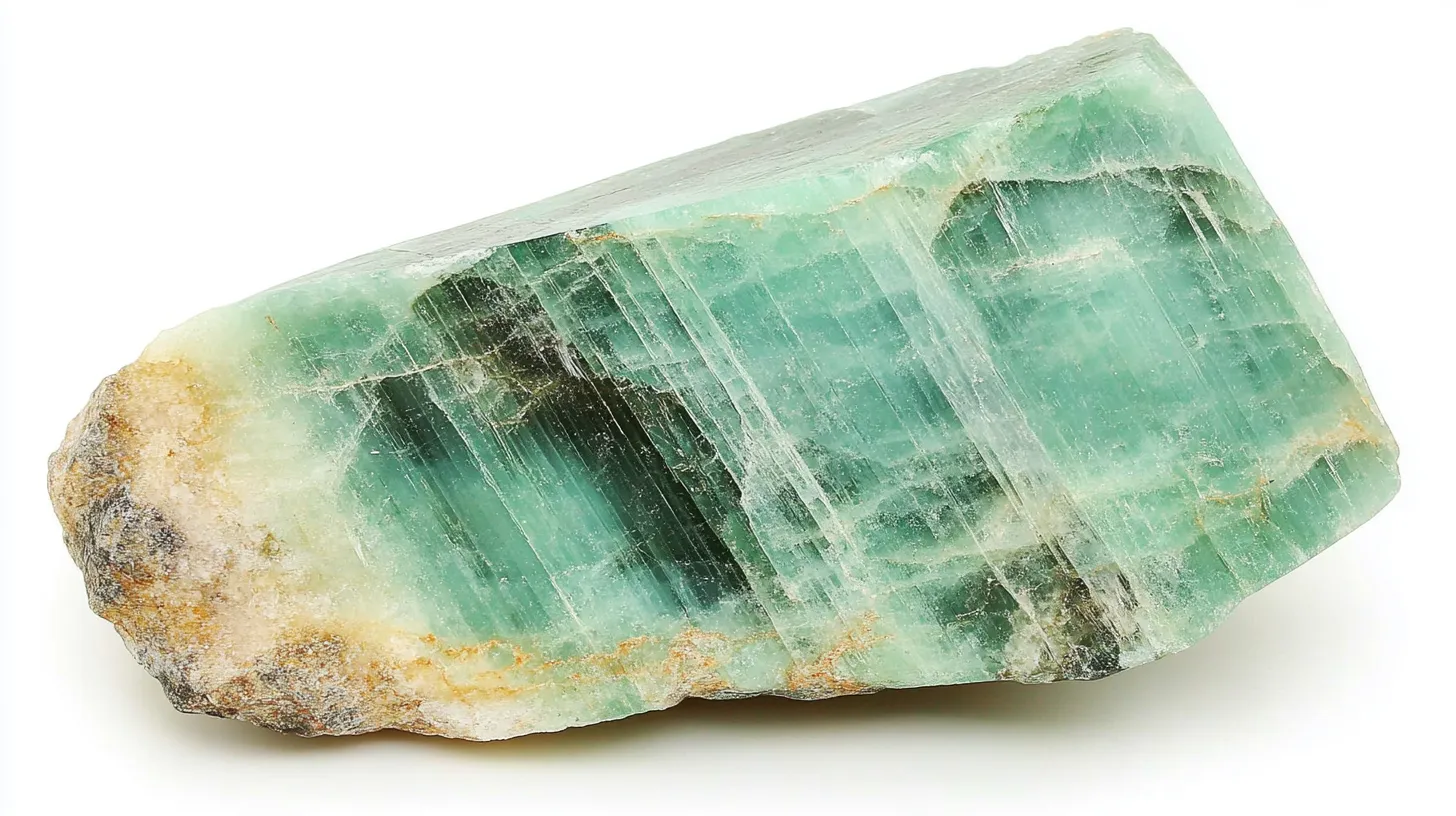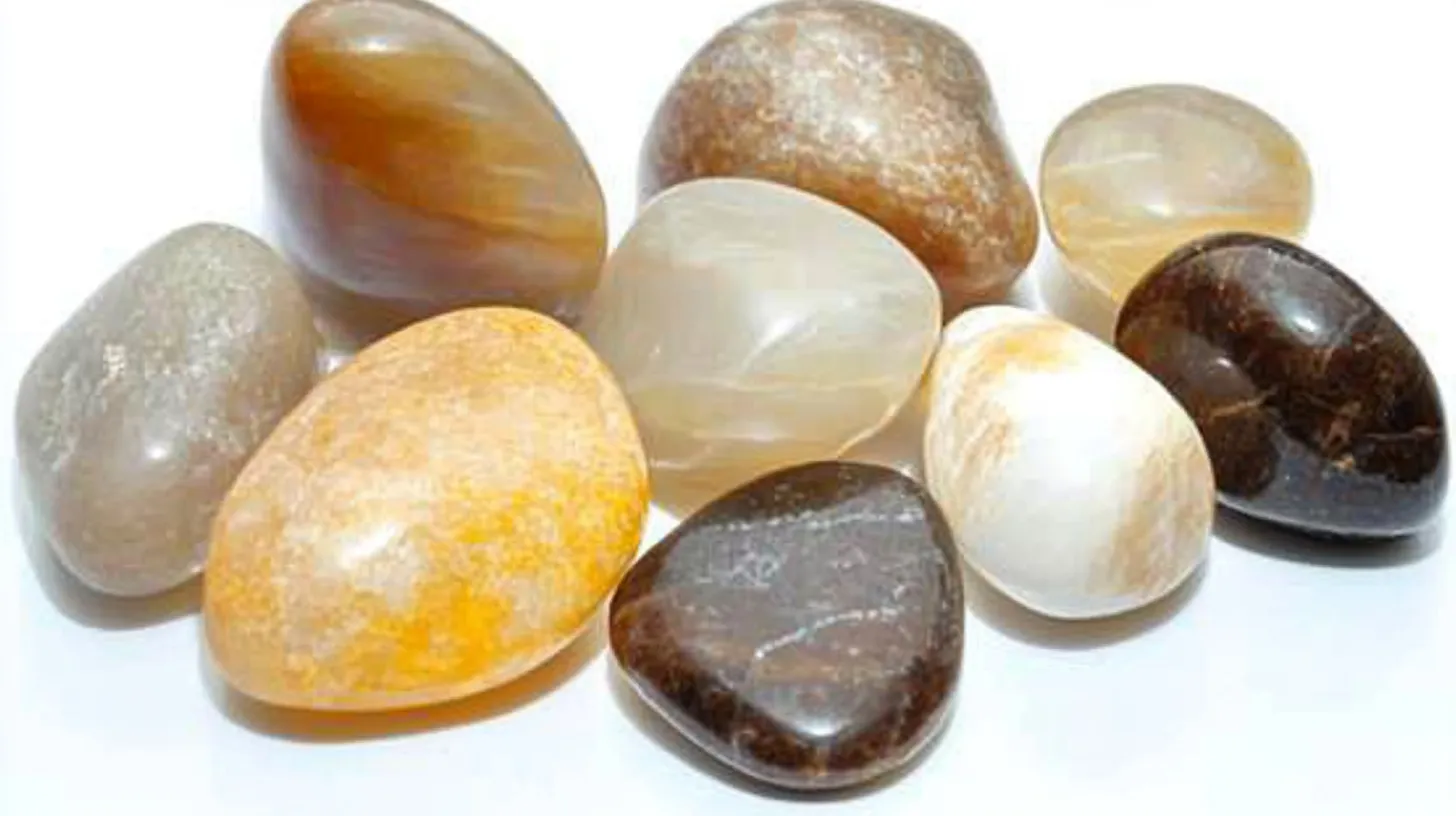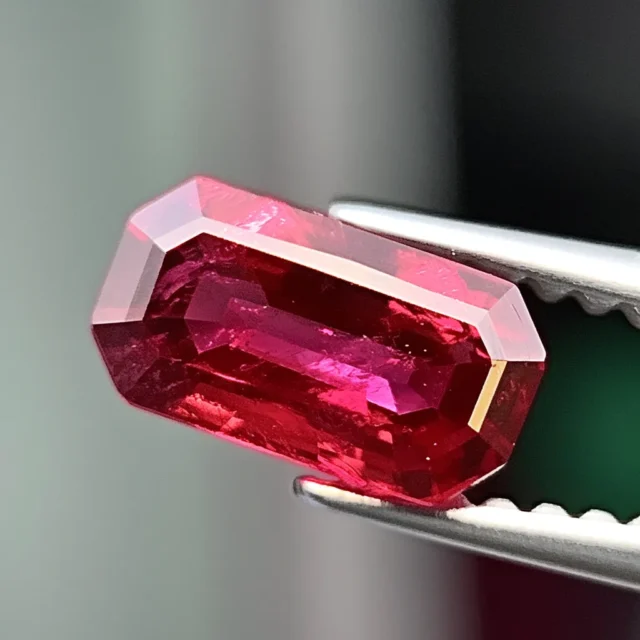

Scientific Knowledge
Comprising mostly aluminum oxide with trace amounts of chromium, ruby is a variation of the mineral corundum with a distinctive red color. Ranked on the Mohs hardness scale, it is among the hardest naturally occurring gemstones, second only to diamonds. Ruby is used not only in jewelry but also in industrial uses, including laser technology and watch bearings, thanks to its extraordinary hardness and durability.
Usually occurring in crystalline form, rubies develop in hexagonal patterns. We rate their clarity similarly to diamonds, with the best rubies being nearly transparent and devoid of flaws. Natural rubies, however, often include needle-like inclusions called rutile silk, which, when cut en cabochon—also known as “asterism”—create a star-like effect that improves their visual attractiveness.
| Ruby’s Scientific Characteristics | Details |
|---|---|
| Chemical Formula | Al₂O₃ (aluminum oxide) |
| Mohs Hardness | 9 |
| Color | Red (chromium-based) |
| Crystal Structure | Hexagonal |
| Luster | Vitreous |

Geographic Features
Usually linked with high-pressure geological conditions, rubies are found in metamorphic rocks including marble and basaltic formations. Some of the world’s most renowned rubies come from Myanmar, particularly from the Mogok region, known for producing the finest “pigeon blood” rubies. Other significant ruby sources include Thailand, Sri Lanka, India, Vietnam, and Madagascar.
The formation of rubies requires specific conditions—high aluminum content and low silica levels—which allow corundum to crystallize without forming quartz. These gemstones develop over millions of years deep within the Earth’s crust before being brought to the surface through geological processes such as erosion and volcanic activity.
| Notable Ruby Deposits | Locations |
|---|---|
| Myanmar | Mong Hsu, Mogok |
| Thailand | Bangkok, Chantaburi, Trat |
| Sri Lanka | Ratnapura |
| Madagascar | Andilamena, Vatomandry |
| Vietnam | Luc Yen, Quy Chau |
| United States | Mason Ruby Mine |

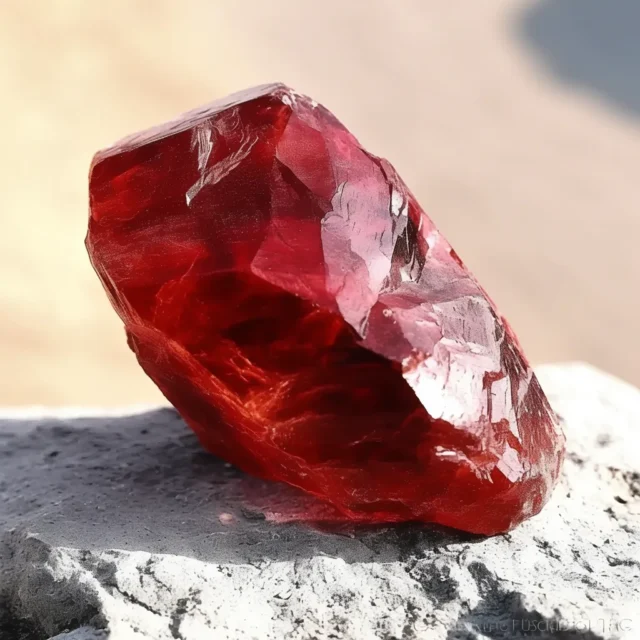
Ruby’s Symbolism and Interpretive Meaning
Rubies have been seen historically as emblems of protection, passion, and authority. Often linking rubies with the blood of the heart, ancient civilizations thought they contained the core of life itself. Embedding rubies in their skin, warriors in Burma thought they would be unbeatable in combat. In Hindu mythology, people presented rubies, known as the “king of gemstones,” to gods as a way to win their approval.
Royalty and nobility across Europe and Asia adorned themselves with rubies, seeing them as a source of strength and prosperity. Even today, rubies remain a favorite gemstone for engagement rings, representing undying love and devotion. The deep red hue is often linked to the fire of passion, making it a stone that resonates with matters of the heart and ambition.

Ruby vs. Garnet: Main Differences
Given their same hue, many people mistake rubies for garnets. But whereas garnets are silicate minerals, rubies are members of the corundum family. Rubies are significantly harder, have a more vivid red color, and command a higher price than garnets.
| Feature | Ruby | Garnet |
|---|---|---|
| Mineral Family | Corundum | Silicate |
| Hardness (Mohs Scale) | 9 | 6.5 – 7.5 |
| Color | Vivid Red | Deep Red to Brownish-Red |
| Value | High | Moderate |
| Common Cut Styles | Faceted, Cabochon | Faceted |

Healing Properties
Ruby is believed to be a powerful healing stone, especially for those experiencing fatigue, lack of motivation, or emotional distress. It is said to stimulate the root and heart chakras, promoting vitality, courage, and a zest for life. Many crystal healers recommend rubies for individuals suffering from low energy, anemia, or circulatory issues, as the gemstone is thought to enhance blood flow and overall physical stamina.
Emotionally, rubies are known to bring about confidence and self-assurance, making them a great companion for those dealing with self-doubt or fears. Some claim that wearing ruby jewelry can help individuals overcome depression, instill a sense of adventure, and rekindle enthusiasm for life.

The Color Energy of Ruby
Color plays a significant role in the metaphysical properties of gemstones, and ruby’s intense red hue is often linked to vitality and passion. The deep, warm tones of rubies correspond with the root chakra, which governs our sense of stability, security, and physical energy.
| Color Energy | Associated Benefit |
|---|---|
| Deep Red | Passion, love, and strength |
| Pinkish-Red | Emotional healing, compassion |
| Dark Red | Grounding, protection |
| Bright Red | Confidence, authority |

Making Use of Ruby Gemstone
From jewelry to meditation and energy healing, rubies find application in many spheres. Wearing a ruby ring or pendant keeps its energy close to the body so that its qualities may work nonstop. Some people would rather have rubies on hand to boost inspiration, output, and creative ability at their workplace.
In spiritual practices, rubies are sometimes used during meditation to activate the lower chakras, fostering inner strength and courage. Meditating with a ruby might help one become more determined and empowered. Rubies are also sometimes laid under a pillow to encourage vivid dreams and ward against nightmares.

Ruby Market Value and Pricing
Variations in color, clarity, cut, and origin all greatly affect the price of rubies. Because of their deep red color and low inclusions, Burmese rubies—especially those from Myanmar—are among the most prized. While lower-quality stones are more reasonably priced, a high-quality, one-carat Burmese ruby can run thousands of dollars per carat.
| Ruby Standards | Price Per Carat (Approx.) |
|---|---|
| High (Burmese, Pigeon Blood Red) | $10,000+ |
| Medium (Thai, darker red) | 2,000−2,000−8,000 |
| Low (commercial-grade, heat-treated) | 200−200−2,000 |
Ultimately
Because of their beauty, durability, and historical importance, rubies remain among the most prized jewels. Whether your purchase is a ruby and diamond eternity band, investigating the price of rubies from Myanmar, or differentiating real from fake rubies, knowing these important factors will help you to appreciate this amazing gemstone more fully.


